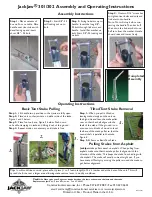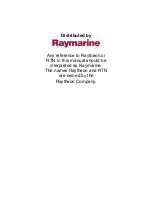
7 Maintenance
7.
If required by the local regulations, attach the copper filter in front of the radiation window on the
CEPH tubehead. The filter attaches in place with magnets.
8.
Protect yourself from radiation.
9.
Press and hold the exposure button down to take the QC image.
10.
The QC image preview appears on the GUI.
11.
Acknowledge the preview by pressing the
OK
button on the GUI.
12. Workstation:
Visually evaluate the image using the dental imaging software:
a)
Smoothness of the exposed area.
b)
Non-exposed area surrounds the whole image.
c)
High contrast resolution; the distinguishable line pair resolution should be:
•
3.1 LP/mm or better
if copper filter was not used
•
2.5 LP/mm or better
if 0.8 mm copper filter was used
d)
Low contrast holes must be visible:
•
4 holes
if copper filter was not used
•
2 holes
if 0.8 mm copper filter was used
NOTICE!
You should also compare the new QC image to the reference image taken during the
installation or the latest service. Doing this helps you ensure that the image quality has remained
constant.
NOTICE!
The line pair resolution depends also on the other factors than the device itself, for
example the imaging Software configurations. According to the standards, the distinguishable
line pair resolution must be
2.5 LP/mm
or better.
13.
If the image fails on any of the previously listed criteria, redo the QC program. If it fails again, redo
the CEPH calibrations according to
on page 73 or contact service.
14.
Detach the CEPH QC phantom holder and 2D QC test phantom from the device.
ORTHOPANTOMOGRAPH
™
OP 3D
81
















































